Home>Dining>Events & Etiquette>Why Are Arms On The Table Considered Bad Manners?


Events & Etiquette
Why Are Arms On The Table Considered Bad Manners?
Modified: January 9, 2024
Discover why placing your arms on the table is considered bad manners and learn proper etiquette for events. Enhance your social grace with our guide on events-etiquette.
(Many of the links in this article redirect to a specific reviewed product. Your purchase of these products through affiliate links helps to generate commission for Storables.com, at no extra cost. Learn more)
Introduction
Table etiquette, or the proper manners and behaviors associated with dining, has long been a topic of interest and importance in social gatherings. From formal dinners to casual meals with friends and family, adhering to proper table etiquette helps create a pleasant and harmonious dining experience.
One particular aspect of table etiquette that often raises eyebrows is the placement of arms on the table. While the rules may vary across cultures and occasions, it is generally considered bad manners to rest your elbows or forearms on the table during a meal. But why exactly is this the case?
To understand the reasons behind this etiquette rule, it is necessary to explore its historical origins, cultural variations, symbolism, psychological impact, and practical implications. By unraveling these aspects, we can gain a deeper appreciation for the significance of proper table manners and how they contribute to the overall dining experience.
Key Takeaways:
- Table etiquette, including keeping arms off the table, reflects historical, cultural, and practical considerations. Adhering to these guidelines promotes respect, unity, and a more enjoyable dining experience for all participants.
- Modern table etiquette emphasizes consideration, respect, and mindfulness. By practicing good manners and adapting to different dining situations, individuals can navigate social gatherings with confidence and enhance the dining experience for everyone involved.
Historical Origins of Table Etiquette
The roots of table etiquette as we know it today can be traced back to ancient civilizations. In ancient Rome, for example, dining was seen as a social and political event, and proper table manners were highly valued. Guests were expected to display refined behaviors, including sitting upright, using utensils appropriately, and refraining from leaning on the table.
During the Middle Ages in Europe, the emergence of feudalism and the rise of nobility brought additional emphasis to table manners. Feasts and banquets were elaborate affairs where a strict hierarchy was observed. It was considered a mark of high status to eat with dignity and grace, reflecting the refinement and sophistication of the aristocracy.
As European explorers ventured to new lands and encountered different cultures, they brought back etiquette practices they observed abroad. This cross-cultural exchange further influenced the development of table manners and added new layers of complexity to the etiquette rules.
Over time, table manners became closely associated with notions of politeness, respect, and social refinement. They served as a way to distinguish the upper classes from the lower classes and were seen as an indicator of good breeding and education.
Specific rules, such as keeping one’s elbows off the table, started to emerge as standards of good conduct. The origins of this particular rule can be traced back to practical considerations and symbolism relating to power dynamics and hierarchy at the dining table.
Symbolism of Arms on the Table
The prohibition of resting one’s arms on the table during a meal holds symbolic significance that is deeply rooted in cultural and historical contexts. One interpretation is that the act of placing one’s arms on the table is seen as a sign of laziness or lack of attentiveness. It suggests a lack of engagement with the meal and the company present, and can be perceived as disrespectful or indifferent.
Another symbolic interpretation is related to power dynamics. Historically, the dining table was a place where nobility and upper-class individuals would showcase their status and authority. Keeping one’s arms off the table was a way to maintain an upright and composed posture, reflecting a sense of self-control and social grace. Resting one’s elbows on the table was often associated with a casual or relaxed demeanor, which was seen as inappropriate in formal settings.
Furthermore, the symbolism of arms on the table can also be connected to the concept of personal space. Placing one’s elbows or forearms on the table can encroach upon the space of others seated nearby. It can create a sense of invasion or discomfort, particularly in formal or crowded dining settings. By maintaining a respectful distance and refraining from resting one’s arms on the table, individuals uphold the boundaries of personal space and promote a sense of consideration for others.
It is important to note that these symbolic interpretations can vary across cultures and historical periods. What may be considered improper in one culture may be perfectly acceptable in another. Cultural norms and societal expectations play a significant role in determining the symbolism associated with arms on the table.
Ultimately, adhering to proper table etiquette, including keeping one’s arms off the table, is a way to demonstrate respect, attentiveness, and social awareness in a dining setting. It helps create an atmosphere of grace and civility, enhancing the overall dining experience for everyone involved.
Cultural Variations in Table Manners
Table manners and etiquette practices vary greatly across different cultures and societies. What may be considered proper in one country might be seen as completely inappropriate in another. Understanding these cultural variations is essential to navigate social interactions and avoid unintentional faux pas when dining in different cultural contexts.
In some cultures, such as Japan and China, it is common and even encouraged to eat with chopsticks. The use of chopsticks comes with its own set of rules and etiquette, including not pointing them directly at others, not sticking them vertically into a bowl of rice, and not passing food from one set of chopsticks to another. These practices reflect traditions and beliefs deeply ingrained in the culture.
In contrast, in Western cultures, the use of utensils such as forks, knives, and spoons is prevalent. Table manners in these cultures emphasize the appropriate handling of utensils, including holding them correctly, using them for their intended purposes, and placing them appropriately when not in use, such as resting a knife on the plate instead of leaving it on the table.
Seating arrangements and seating etiquette also vary among cultures. In some cultures, such as in Africa and the Middle East, it is customary for the most honored guest to be seated at the head of the table or in a central position. In other cultures, such as Japan, seating arrangements follow a strict hierarchical structure, with the host typically sitting furthest from the entrance.
Furthermore, the concept of communal dining versus individual dining also plays a role in cultural variations in table manners. In many Western cultures, each person is served an individual plate of food, and it is expected that they eat their own portion without sharing. However, in other cultures, such as in parts of Africa and the Mediterranean, meals are often communal, with multiple dishes placed in the center of the table for everyone to share. This requires different manners, such as using utensils to serve oneself rather than reaching directly into the communal dishes.
It is important to approach dining in different cultures with an open mind and a willingness to adapt to local practices. Observing and respecting the table manners of the culture you find yourself in can showcase your cultural sensitivity and enhance your dining experiences abroad.
When dining, keep your arms off the table to show respect and good manners. It also prevents accidental spills and keeps the table tidy.
Psychological Impact of Table Etiquette
Table etiquette goes beyond just following social norms and rules. It can have a psychological impact on individuals and contribute to their overall dining experience. The way we behave at the table can influence our perceptions of ourselves and others, as well as the dynamics of the social interaction taking place.
One psychological benefit of adhering to table etiquette is the sense of self-confidence and self-assuredness it can instill. By practicing proper table manners, individuals can feel more comfortable and in control during a meal. This confidence can extend to other areas of life and contribute to one’s overall self-esteem and social competence.
Similarly, following table etiquette can foster a sense of connection and belonging. By demonstrating respect for others and engaging in polite and considerate behavior, individuals can create a positive environment at the table. This can lead to stronger relationships, improved communication, and a greater sense of unity among dining companions.
Table manners also have the power to influence our perceptions of others. When someone displays good table manners, such as sitting upright, using utensils properly, and avoiding distracting behaviors, they are often seen as more polished, sophisticated, and trustworthy. On the other hand, individuals who disregard table etiquette may be viewed as disrespectful or lacking in social graces.
Additionally, practicing table etiquette can enhance the enjoyment of food. By savoring each bite and taking the time to engage in conversation and connect with those around us, we can create a more mindful and pleasurable dining experience. Research has shown that being present and attentive while eating can improve our satisfaction with the meal and promote healthier eating habits.
Conversely, the absence of proper table manners can detract from the dining experience. Loud chewing, talking with a full mouth, or other disruptive behaviors can create discomfort and tension among diners. These behaviors can distract from the enjoyment of the meal and hinder the free-flowing conversation and camaraderie that is often associated with a shared dining experience.
Ultimately, the psychological impact of table etiquette extends beyond mere social expectations. It influences our confidence, relationships, perceptions, and even our enjoyment of food. By embracing the principles of table manners, we can elevate our dining experiences and create a more pleasant and harmonious atmosphere for all involved.
Practical Reasons for Avoiding Arms on the Table
While the prohibition of resting one’s arms on the table during a meal has symbolic and cultural significance, there are also practical reasons behind this etiquette rule. These practical considerations serve to enhance the dining experience and promote a sense of comfort and convenience for all involved.
One practical reason for avoiding arms on the table is to ensure proper table settings and presentation. When arms are placed on the table, it can inadvertently disrupt the arrangement of plates, silverware, and glassware. This may cause an unnecessary commotion or result in accidental spills or knocks. By keeping one’s arms off the table, individuals help maintain the integrity of the table setting and the visual appeal of the meal.
In addition, keeping arms off the table can prevent accidental interference with the serving and clearing of dishes. Resting one’s elbows or forearms on the table could obstruct the path of servers or impede their ability to reach guests with trays of food or beverages. By keeping the table clear, individuals contribute to a smoother and more efficient dining service.
Another practical reason for avoiding arms on the table is to ensure maximum comfort for both oneself and fellow diners. Resting one’s arms on the table for an extended period of time can lead to discomfort and fatigue. It may also encroach upon the personal space of others seated nearby, causing inconvenience or a sense of unease. By keeping arms off the table, individuals can maintain a more relaxed and comfortable posture throughout the meal.
Furthermore, avoiding arms on the table can help prevent accidental spills or food stains on clothing. When arms are placed on the table, there is a greater risk of accidentally knocking over a drink or transferring food from the plate onto one’s clothes. By keeping one’s arms off the table, individuals minimize the chances of embarrassing or inconvenient mishaps.
Ultimately, the practical reasons for avoiding arms on the table are centered around ensuring a smooth, comfortable, and enjoyable dining experience. By being mindful of table etiquette, individuals can contribute to a pleasant atmosphere, reduce potential disruptions, and facilitate the overall efficiency of the meal service.
Modern Etiquette Guidelines
In today’s society, table manners continue to evolve, taking into account changes in social norms, cultural diversity, and dining trends. While there may be variations in etiquette practices depending on the occasion and cultural context, there are some general guidelines that can help individuals navigate modern dining situations with grace and confidence.
1. Elbows off the table: As a general rule, it is considered polite to avoid resting your elbows or forearms on the table during a meal. This helps maintain a neat and tidy appearance and allows for a more comfortable and inclusive dining experience for everyone at the table.
2. Use utensils properly: Familiarize yourself with the appropriate use of utensils, including knives, forks, and spoons. Start from the outside and work your way in when using different utensils for each course. Avoid using your hands unless it is explicitly appropriate for the type of food being served.
3. Chew with your mouth closed: To avoid unappetizing sights and sounds, make sure to chew your food with your mouth closed. This promotes a more pleasant dining atmosphere and shows consideration for others at the table.
4. Practice good posture: Sit up straight and maintain good posture while at the table. This not only demonstrates respect and attentiveness but also prevents discomfort and potential spills.
5. Engage in polite conversation: Participate in polite and engaging conversation with those around you. Avoid discussing controversial or sensitive topics and be mindful of the volume of your voice to ensure a pleasant and respectful atmosphere.
6. Mind your mobile devices: In today’s digital age, it is important to be mindful of the use of mobile devices at the table. Unless there is an urgent matter, it is considered impolite to continuously check your phone or engage in lengthy phone conversations during a meal. Give your dining companions your full attention and enjoy the company and conversation.
7. Follow the lead of your host: When dining in a formal or unfamiliar setting, it is often best to observe and follow the lead of your host or more experienced diners. Pay attention to their behavior and etiquette cues to ensure that you are acting appropriately.
8. Be considerate of dietary restrictions: If you have dietary restrictions or preferences, inform your host or the restaurant in advance. Communicate your needs politely and appreciate any accommodations made on your behalf. Respect the dietary choices of others and refrain from making derogatory remarks or causing unnecessary discomfort.
Remember, the essence of modern table etiquette is to be considerate, respectful, and mindful of those around you. By practicing good manners and adapting to different dining situations, you can navigate social gatherings with confidence and make the dining experience enjoyable for all participants.
Conclusion
Table etiquette is not simply a set of rigid rules, but rather a reflection of our respect for others and our desire to enhance the dining experience. Throughout history, table manners have evolved and adapted to reflect cultural, societal, and practical considerations. Avoiding the placement of arms on the table has been ingrained in these etiquette practices, symbolizing attentiveness, respect, and proper social conduct.
Understanding the historical origins, cultural variations, symbolism, psychological impact, and practical reasons behind table etiquette can help us appreciate the significance of adhering to these guidelines. It is not only about following a set of rules, but also about creating an atmosphere of harmony, comfort, and enjoyment for all participants.
Modern etiquette guidelines take into account changes in society and cultural diversity while maintaining the core principles of good table manners. Being mindful of proper posture, using utensils correctly, engaging in polite conversation, and being considerate of others are key elements of modern table etiquette. Additionally, practicing modern table manners can also extend to being mindful of mobile device usage, respecting dietary restrictions, and following the lead of your host.
By embracing these modern etiquette guidelines, we can promote a sense of connection, respect, and unity during mealtime. Whether dining with friends, family, or colleagues, demonstrating proper table etiquette adds to the overall dining experience and fosters positive social interactions.
As we navigate the complex world of social customs, it is important to remember that table etiquette is not about imposing strict rules or enforcing a specific way of eating. It is about cultivating an environment where individuals feel comfortable, respected, and valued. By practicing good table manners, we can contribute to a culture of appreciation, consideration, and enjoyment in our shared dining experiences.
So the next time you sit down for a meal, remember to keep your arms off the table, engage in polite conversations, and savor each bite, knowing that you are contributing to a positive and enjoyable dining experience for yourself and those around you.
Frequently Asked Questions about Why Are Arms On The Table Considered Bad Manners?
Was this page helpful?
At Storables.com, we guarantee accurate and reliable information. Our content, validated by Expert Board Contributors, is crafted following stringent Editorial Policies. We're committed to providing you with well-researched, expert-backed insights for all your informational needs.



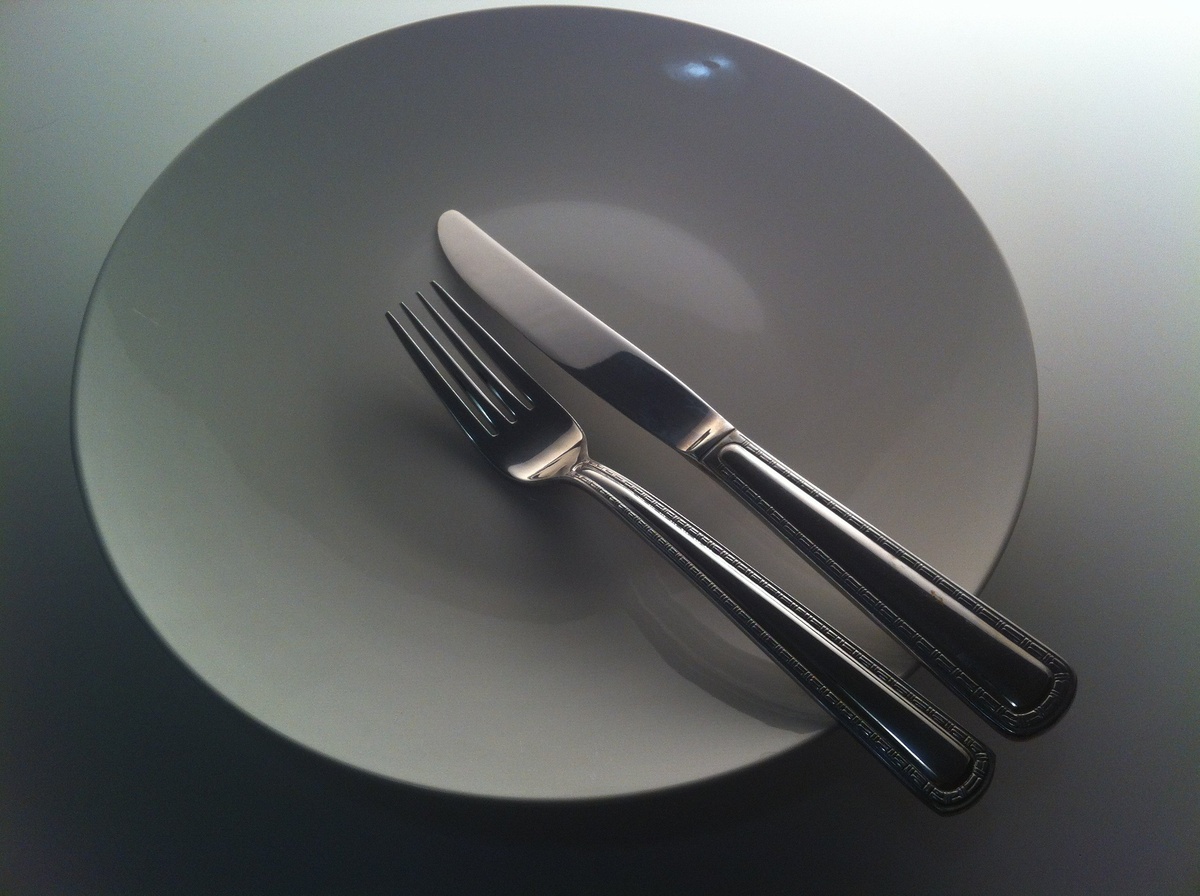
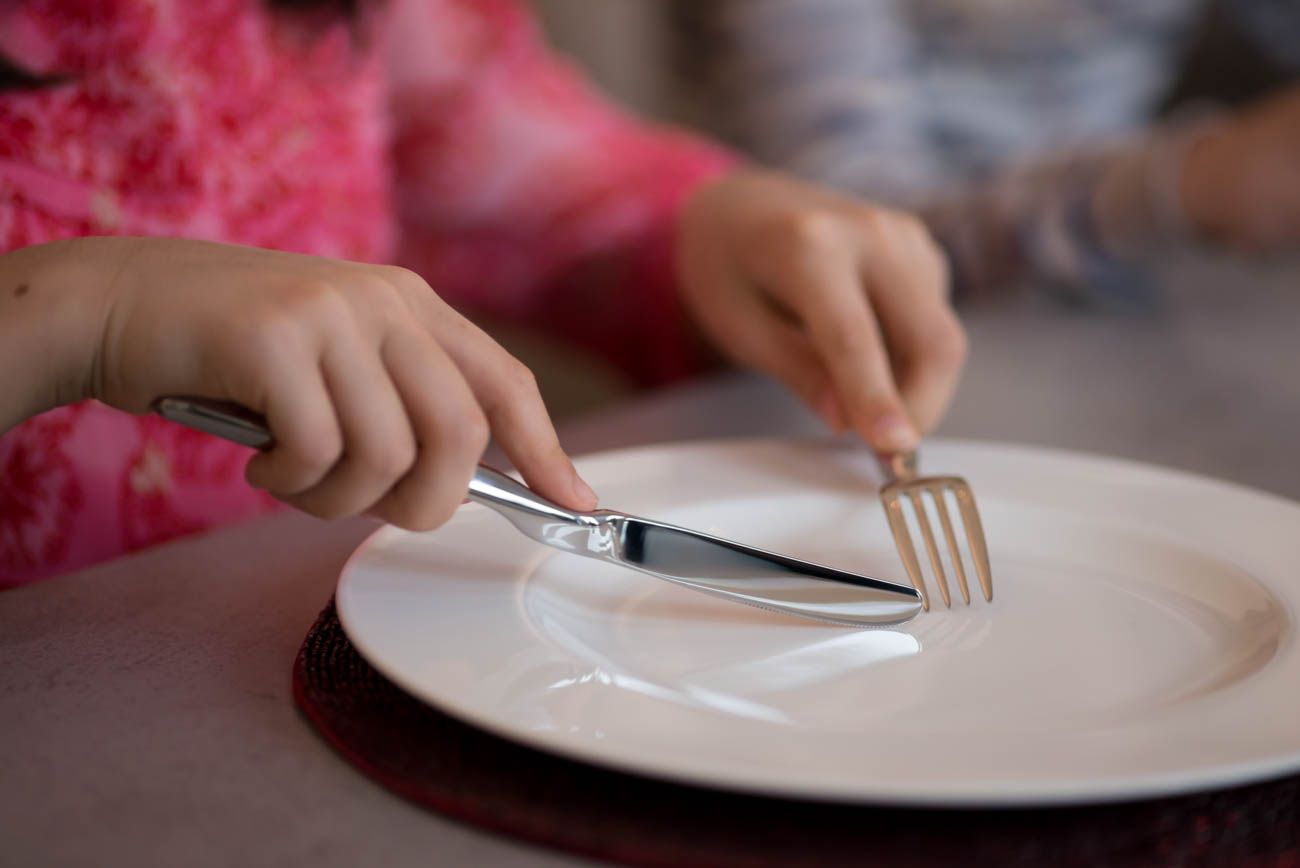
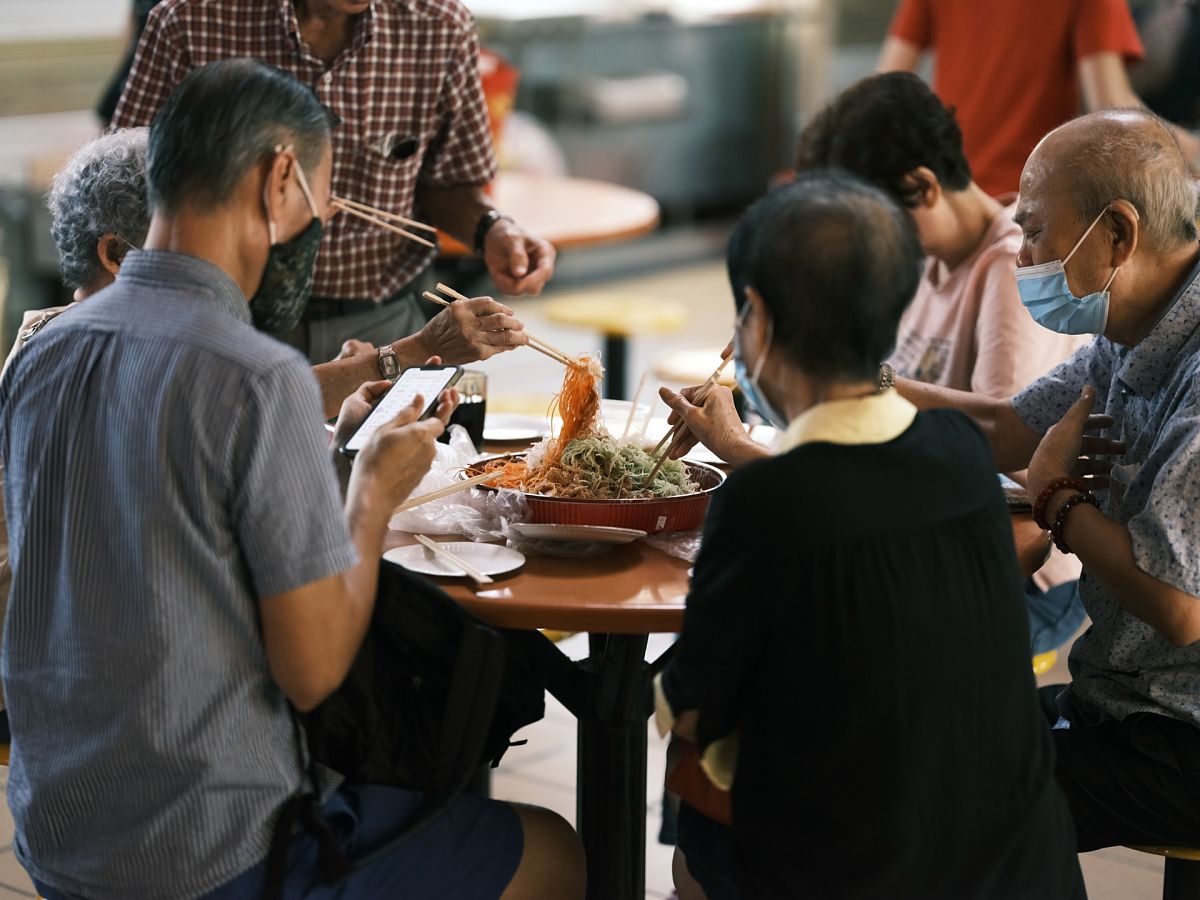
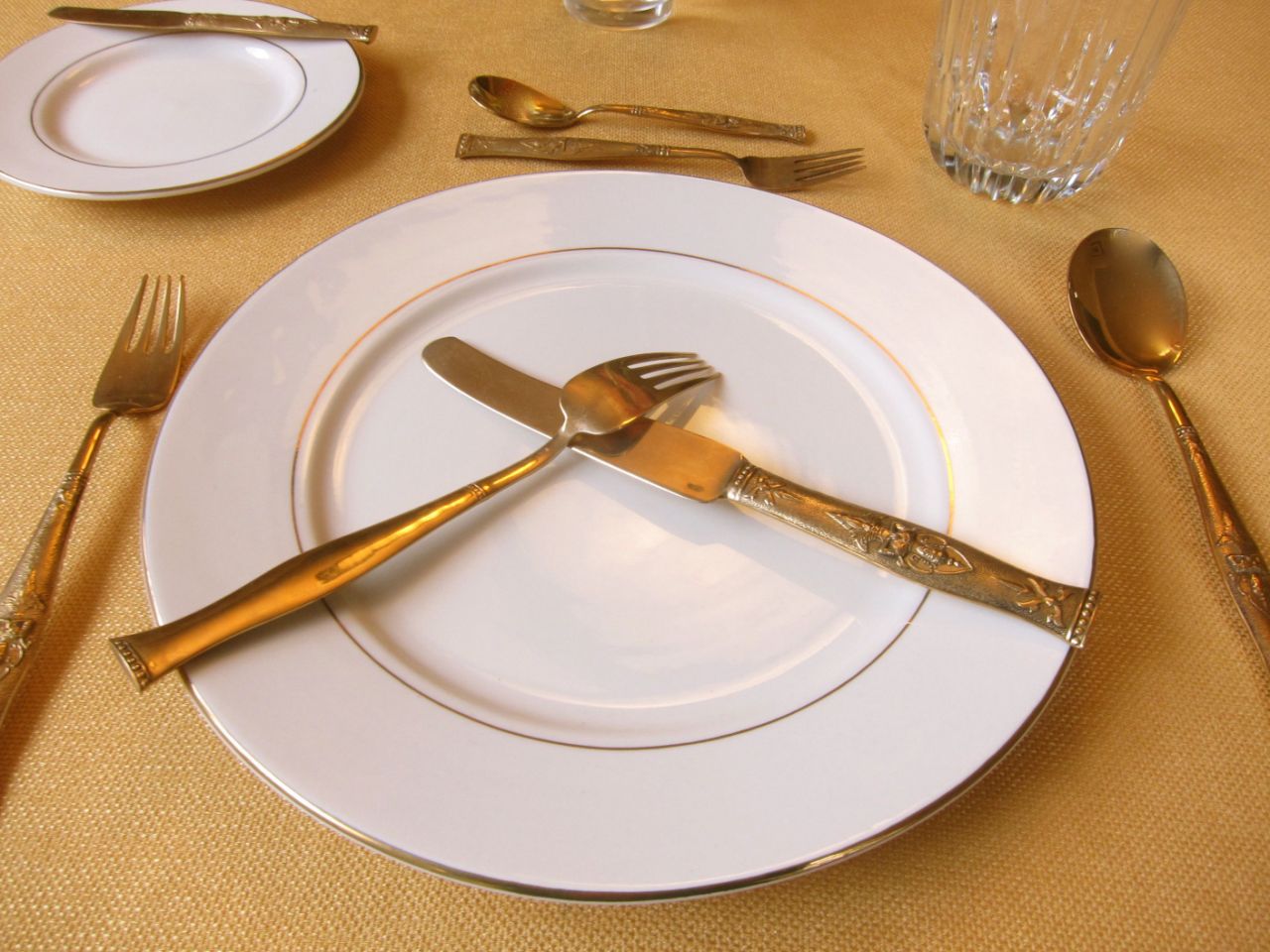



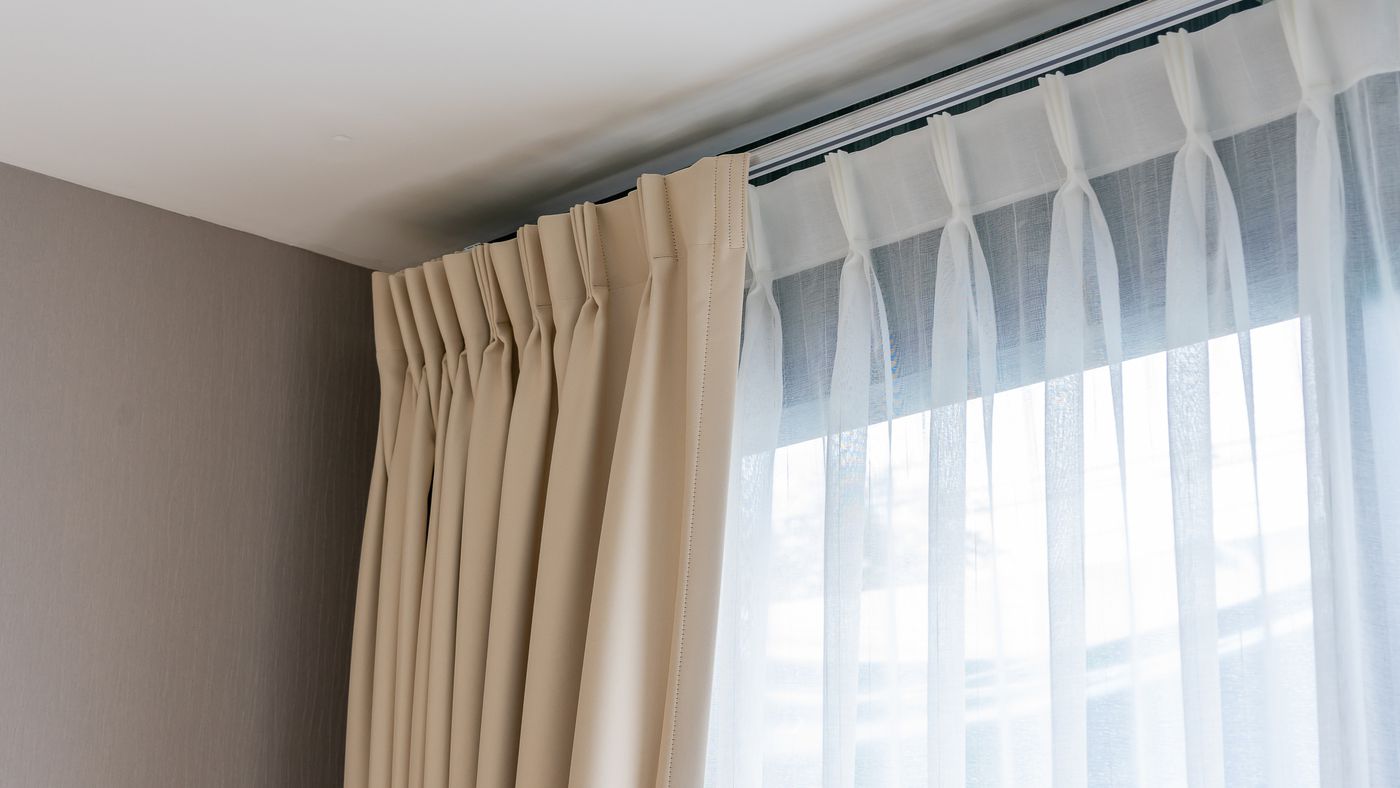
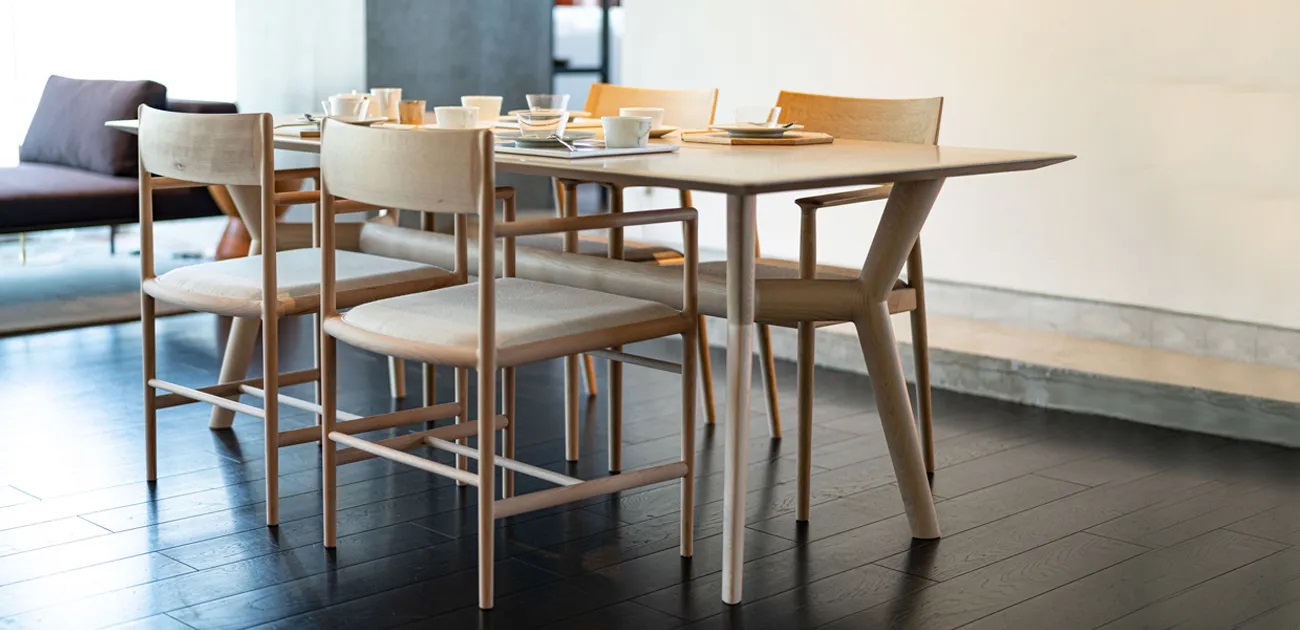



0 thoughts on “Why Are Arms On The Table Considered Bad Manners?”